Nothing Ear (1) earbuds: simple, transparent, different
Nothing Ear (1) earbuds bring transparency and simplicity to a crowded market – here’s what sets them apart
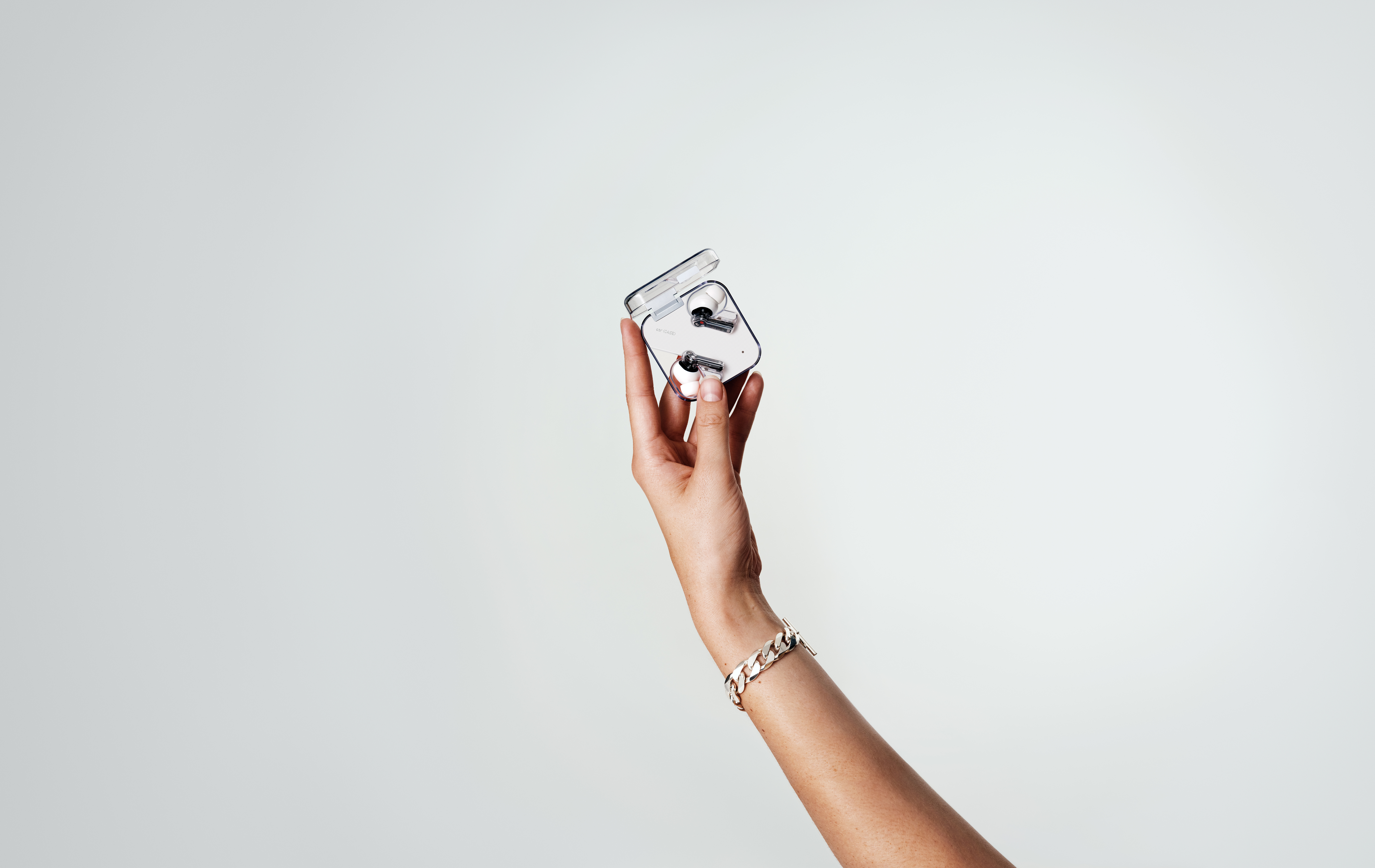
There’s much ado about Nothing, the newest low-key high-tech brand in a crowded market. Nothing is debuting with the Ear (1) earbuds, a product that’s ten a penny these days. Will the brand’s fresh approach be enough for us to sit up and take notice? When we spoke to Nothing’s Thomas Howard, Jesper Kouthoofd and Carl Pei, about their ambitions for the new brand, they flagged up the Concept 1 earbuds as proof of a different direction.
Now that concept has become a reality, and Nothing Ear (1) earbuds are available to buy.
Nothing Ear (1): clearly different
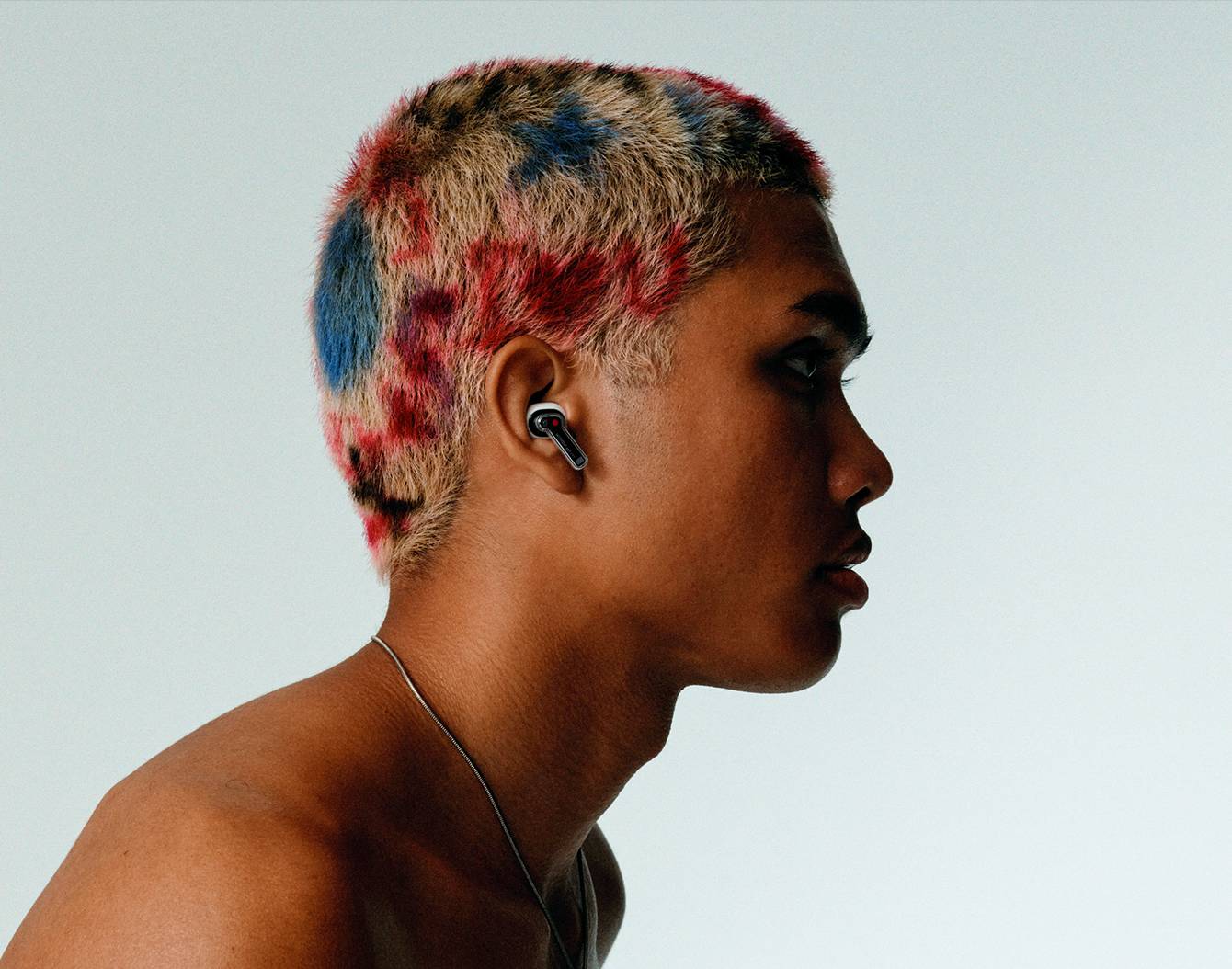
So what makes the Ear (1) different? There’s a ferocious amount of engineering that goes into an object as small as a pair of Bluetooth earbuds, most of which we take entirely for granted. Nothing’s point of difference is transparency and simplicity. This approach is obvious from the moment you tear open the pared-back packaging, slide open the silver box and remove the clear plastic charge case.
Although relatively conventional in appearance – there’s not a lot of wiggle room in this particular form factor – the Ear (1)’s industrial design lays bare the constituent parts of this ubiquitous object. You can see the PCB, the magnets, the microphones, all revealed beneath the transparent shell. There’s a jewel-like delicacy to these hitherto invisible components, and the Nothing team hunted high and low to find the best examples of each element to ensure it looked just right, whether it was magnets or even adhesive.
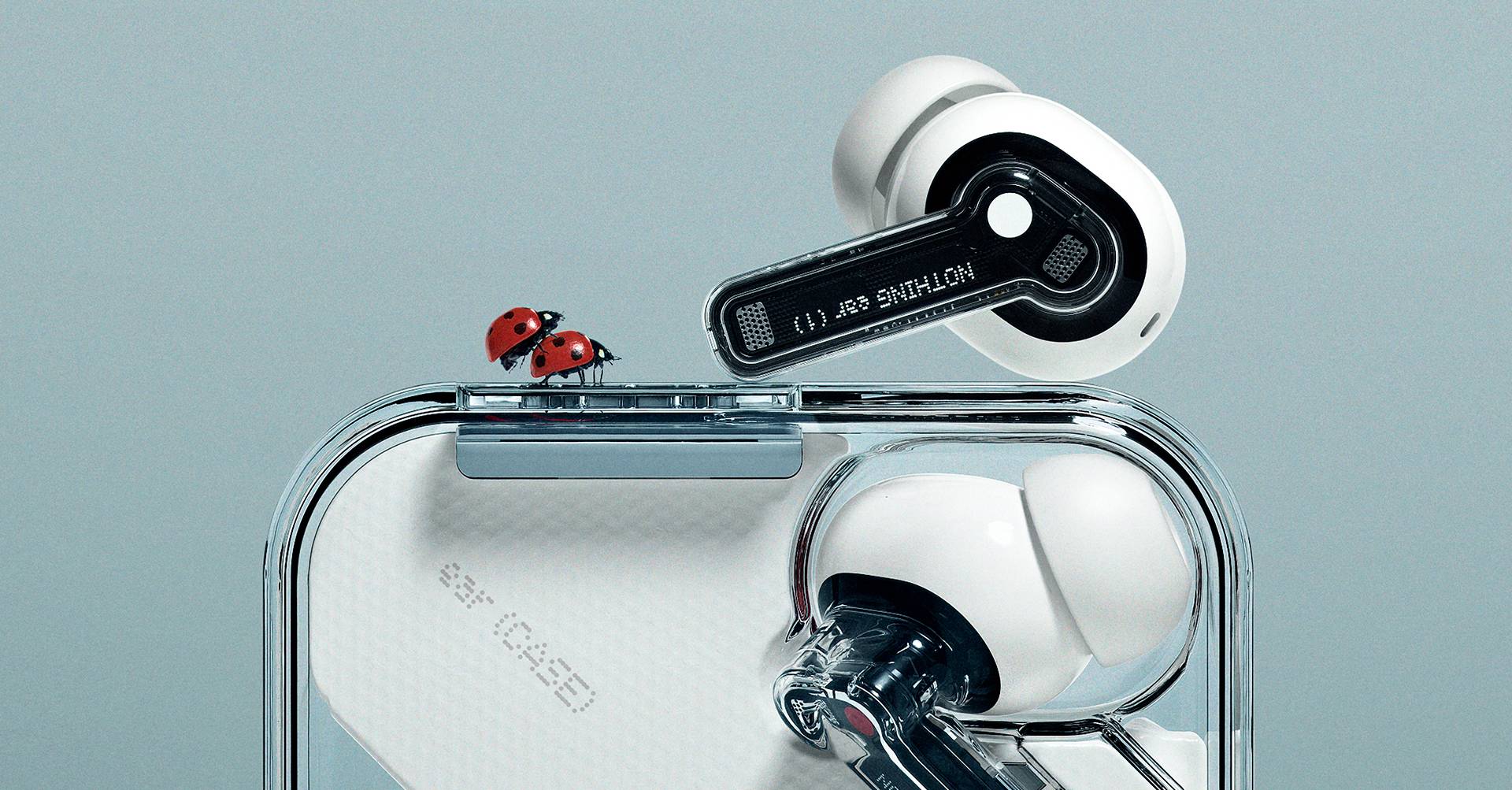
Small but perfectly formed: every component was carefully sourced to look and perform just right
Comfort is a key part of the earbud experience, and at 4.7g each, the Ear (1) is lighter than its Apple equivalents. The liquid silicon tip is designed to be softer in the ear, while the stems have a flat surface to make touch controls easier to deploy. The transparent case ends the hassle of wandering off without the actual earbuds themselves, as well as incorporating a fast-charging unit; ten minutes in the case should get you 90 minutes of listening time.
On their own, the Ear (1) buds will run for four and a half hours with noise cancelling switched on, or roughly six hours without. Oh, and you can sling the little case onto a charging pad to make the whole process completely wireless. Finally, there’s Bluetooth 5.2 to improve the range and battery life and the Ear (1) is also sweat- and water-resistant.
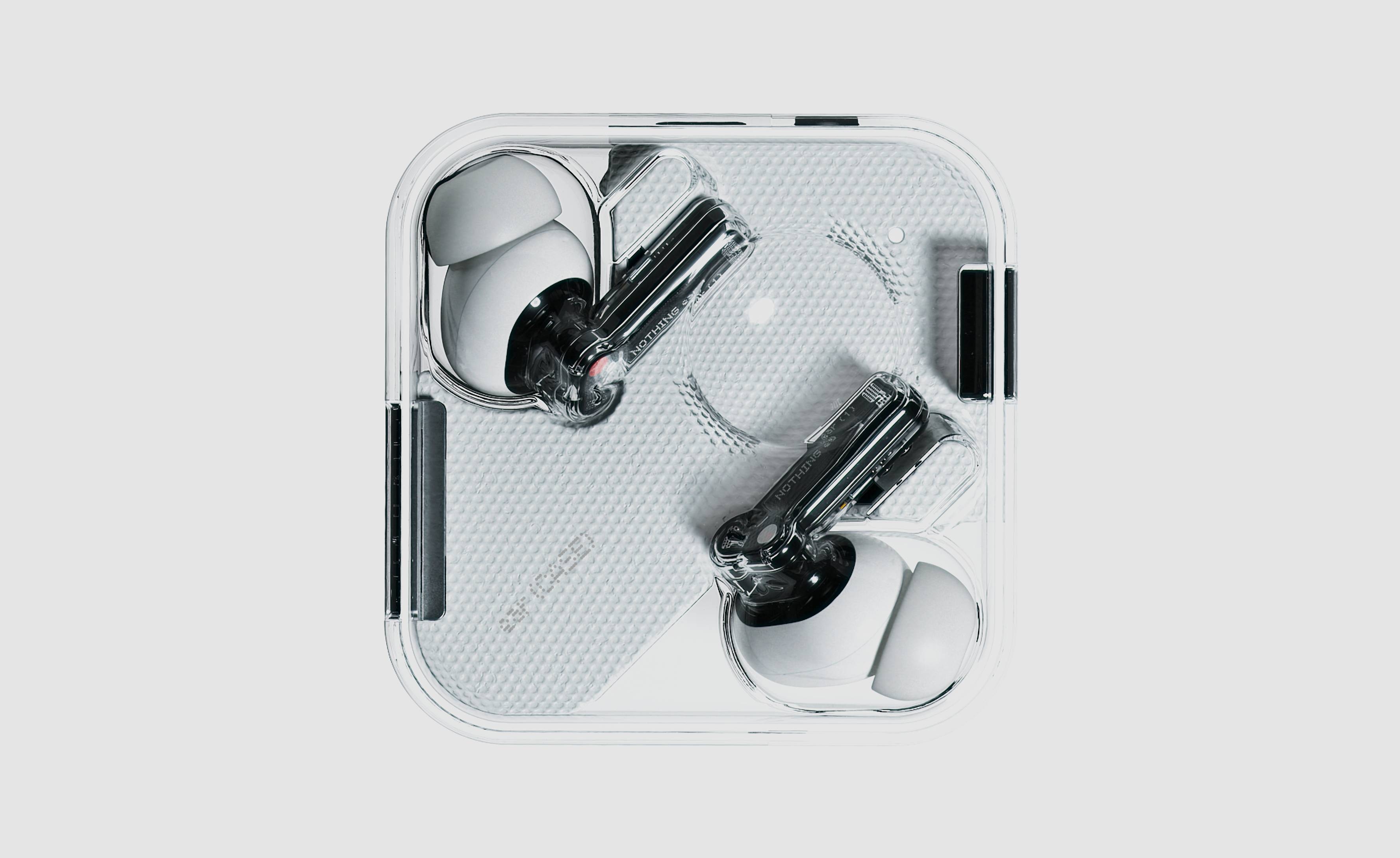
The low-key packaging and branding, from the dot matrix font to the disposable protective wrapping, conceals a very premium set of materials. There’s also nothing basic about the sound quality. The stems of the earbuds contain a big chamber for better bass performance: Teenage Engineering did all the acoustics as well as bring the industrial design know-how. There’s a bespoke app to help you tune Ear (1) to suit your own preferences, although they give pure, precise tones straight out of the box.
The app is also crystal clear in terms of layout and approach, with a ‘find my earbud’ feature as well as options for the three-stage noise cancelling, driven by three microphones and tuned to cut through background noise and foreground speech during calls. The Ear (1) is the first in a promised series of products from Nothing, building up to an eco-system of simple devices that will guide its fans away from tech fatigue towards a better-sounding and more intuitive future.
INFORMATION
Nothing Ear (1), £99
Wallpaper* Newsletter
Receive our daily digest of inspiration, escapism and design stories from around the world direct to your inbox.
As of 18 April 2024, the more recent Nothing Ear and Ear (a) earbuds have been released and are available to buy for £129 and £99 respectively at nothing.tech
Jonathan Bell has written for Wallpaper* magazine since 1999, covering everything from architecture and transport design to books, tech and graphic design. He is now the magazine’s Transport and Technology Editor. Jonathan has written and edited 15 books, including Concept Car Design, 21st Century House, and The New Modern House. He is also the host of Wallpaper’s first podcast.
-
 Australian bathhouse ‘About Time’ bridges softness and brutalism
Australian bathhouse ‘About Time’ bridges softness and brutalism‘About Time’, an Australian bathhouse designed by Goss Studio, balances brutalist architecture and the softness of natural patina in a Japanese-inspired wellness hub
By Ellie Stathaki
-
 Marylebone restaurant Nina turns up the volume on Italian dining
Marylebone restaurant Nina turns up the volume on Italian diningAt Nina, don’t expect a view of the Amalfi Coast. Do expect pasta, leopard print and industrial chic
By Sofia de la Cruz
-
 Tour the wonderful homes of ‘Casa Mexicana’, an ode to residential architecture in Mexico
Tour the wonderful homes of ‘Casa Mexicana’, an ode to residential architecture in Mexico‘Casa Mexicana’ is a new book celebrating the country’s residential architecture, highlighting its influence across the world
By Ellie Stathaki
-
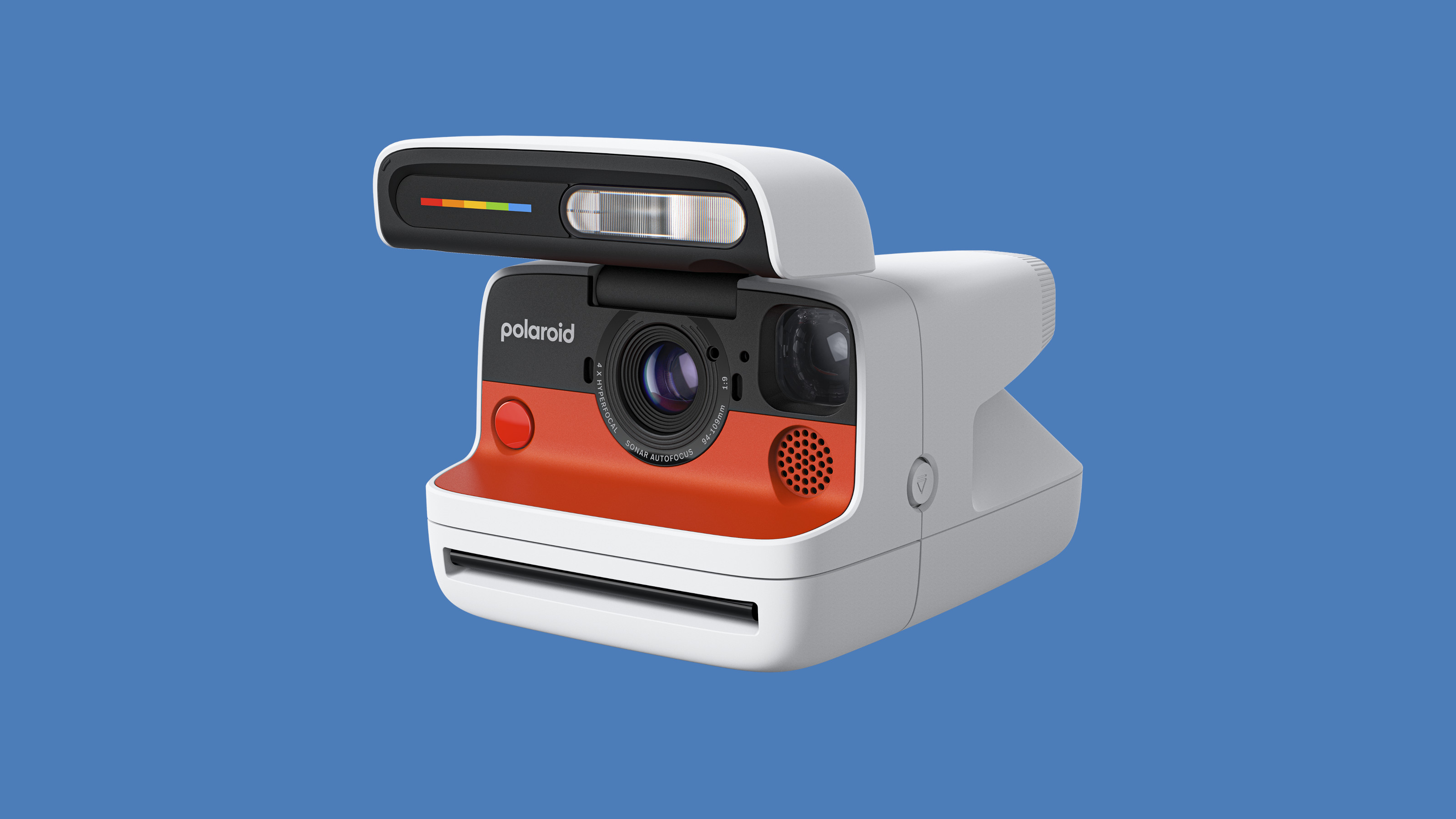 The new Polaroid Flip unfolds to bring you pin-sharp instant photography
The new Polaroid Flip unfolds to bring you pin-sharp instant photographyPolaroid announces the Flip, an instant camera that blends its evergreen film technology with better results and more control
By Jonathan Bell
-
 Could putting pen to reMarkable’s Paper Pro tablet make you more creative and less stressed?
Could putting pen to reMarkable’s Paper Pro tablet make you more creative and less stressed?Design Museum director Tim Marlow extols the power of ‘scribbling’, and is backed up by new research from reMarkable on the benefits of its paper tablet
By Simon Mills
-
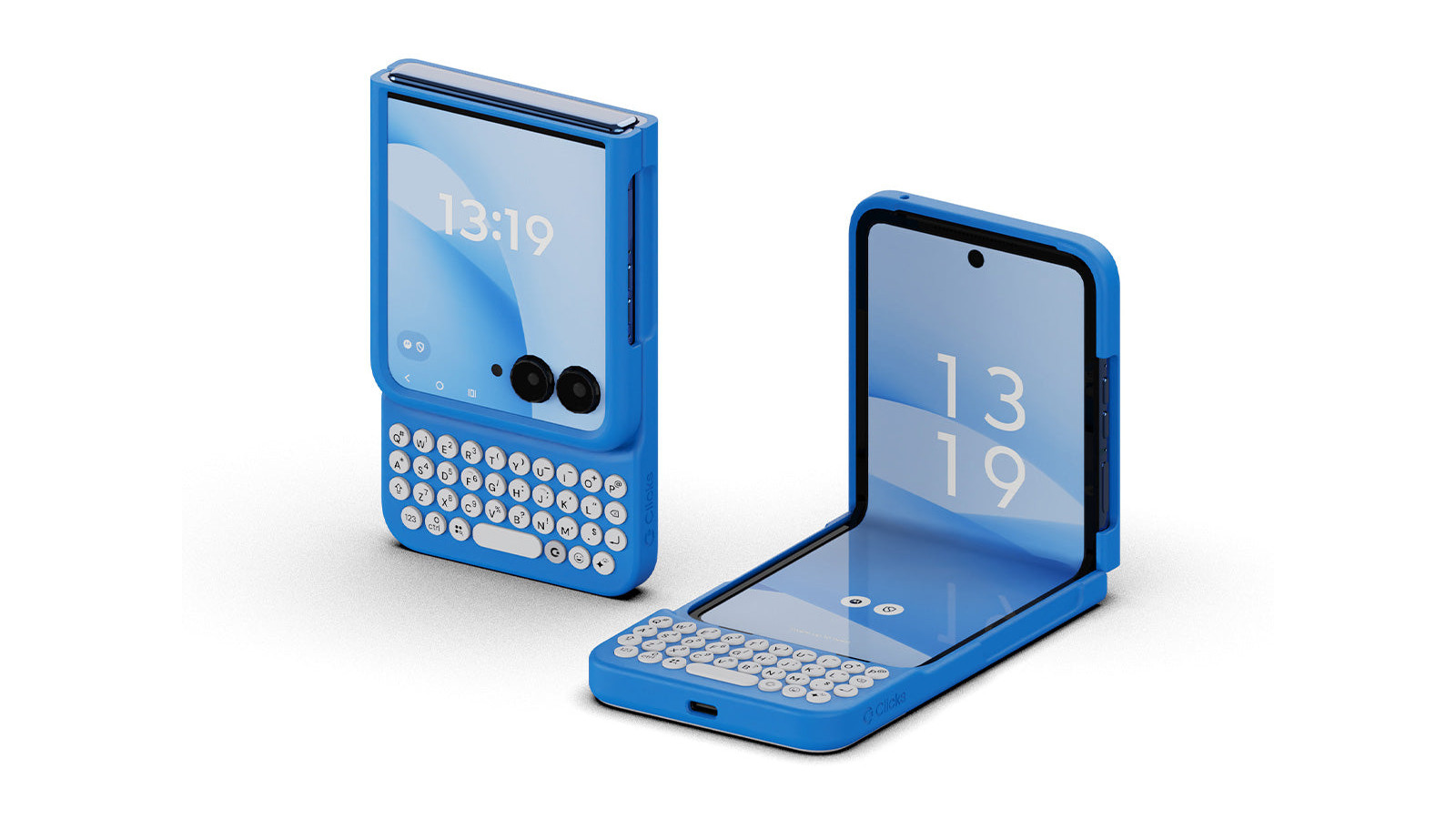 Clicks creates keyboard cases for iPhones – now they're also available for three Android flagships
Clicks creates keyboard cases for iPhones – now they're also available for three Android flagshipsSmartphones get a new lease of life with Clicks, which brings a Blackberry-style keyboard to today’s cutting-edge Apple and Android devices
By Jonathan Bell
-
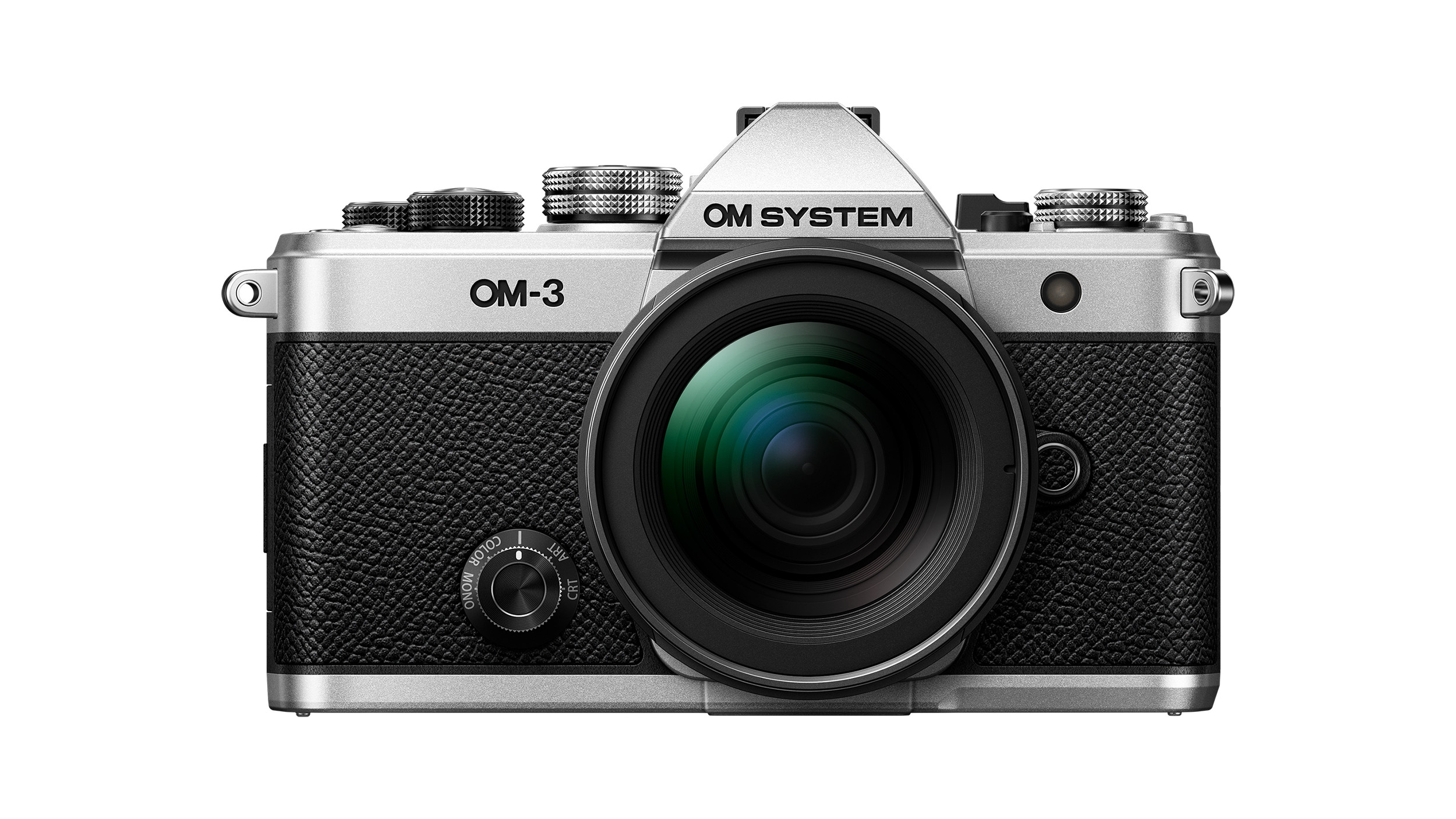 The OM System OM-3 camera blends heritage design with cutting-edge technology
The OM System OM-3 camera blends heritage design with cutting-edge technologyThe OM-3 from OM System is the newest must-have mirrorless camera design, classically styled and comprehensively equipped to create the ultimate contemporary digital camera
By Jonathan Bell
-
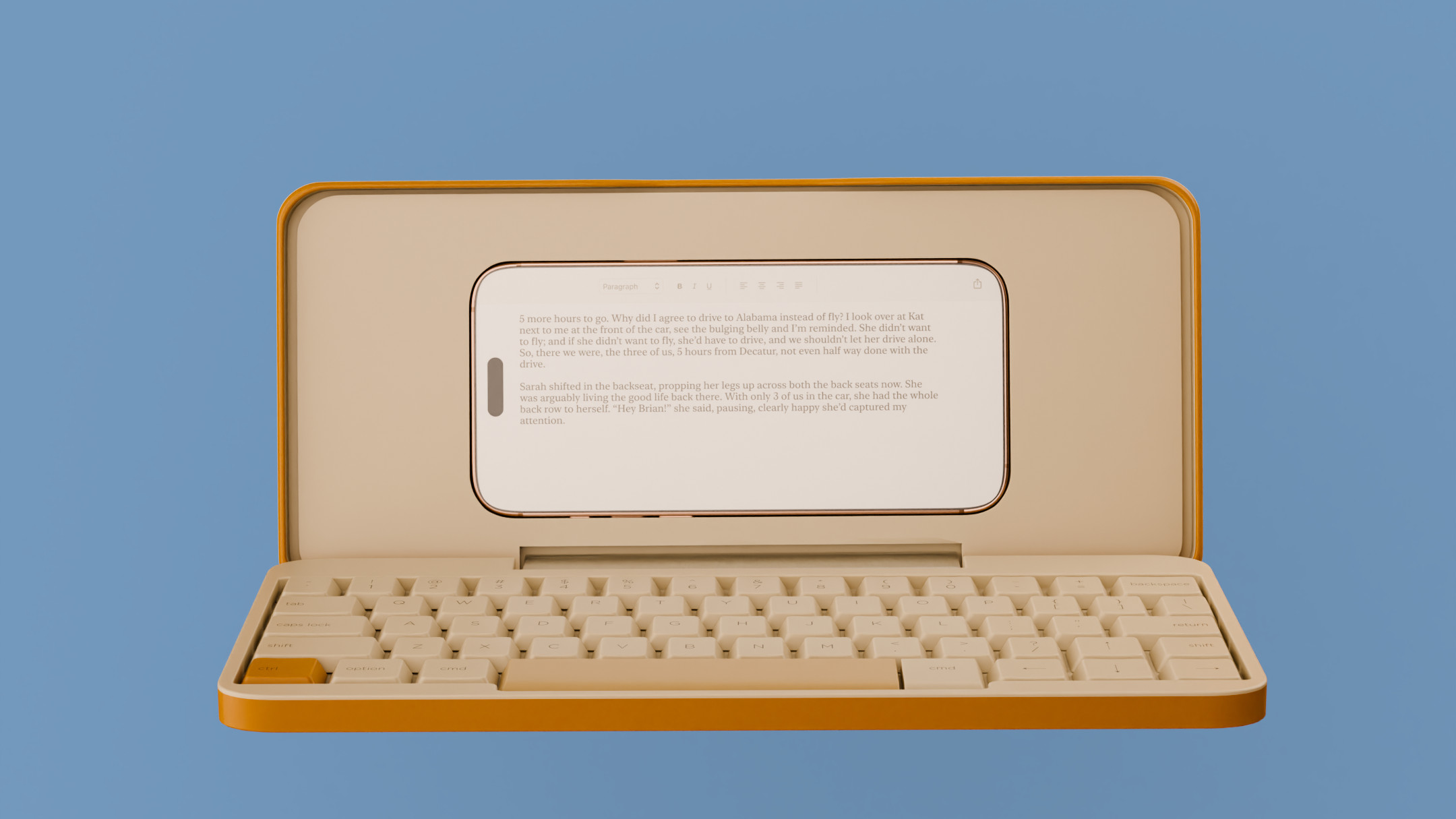 Type without the tyranny of distractions: eight new ways to get the words out
Type without the tyranny of distractions: eight new ways to get the words outLooking for a way to divert you from doom-scrolling? This selection of eight distraction-free typing devices will keep you offline and away from the socials to help you meet that deadline
By Jonathan Bell
-
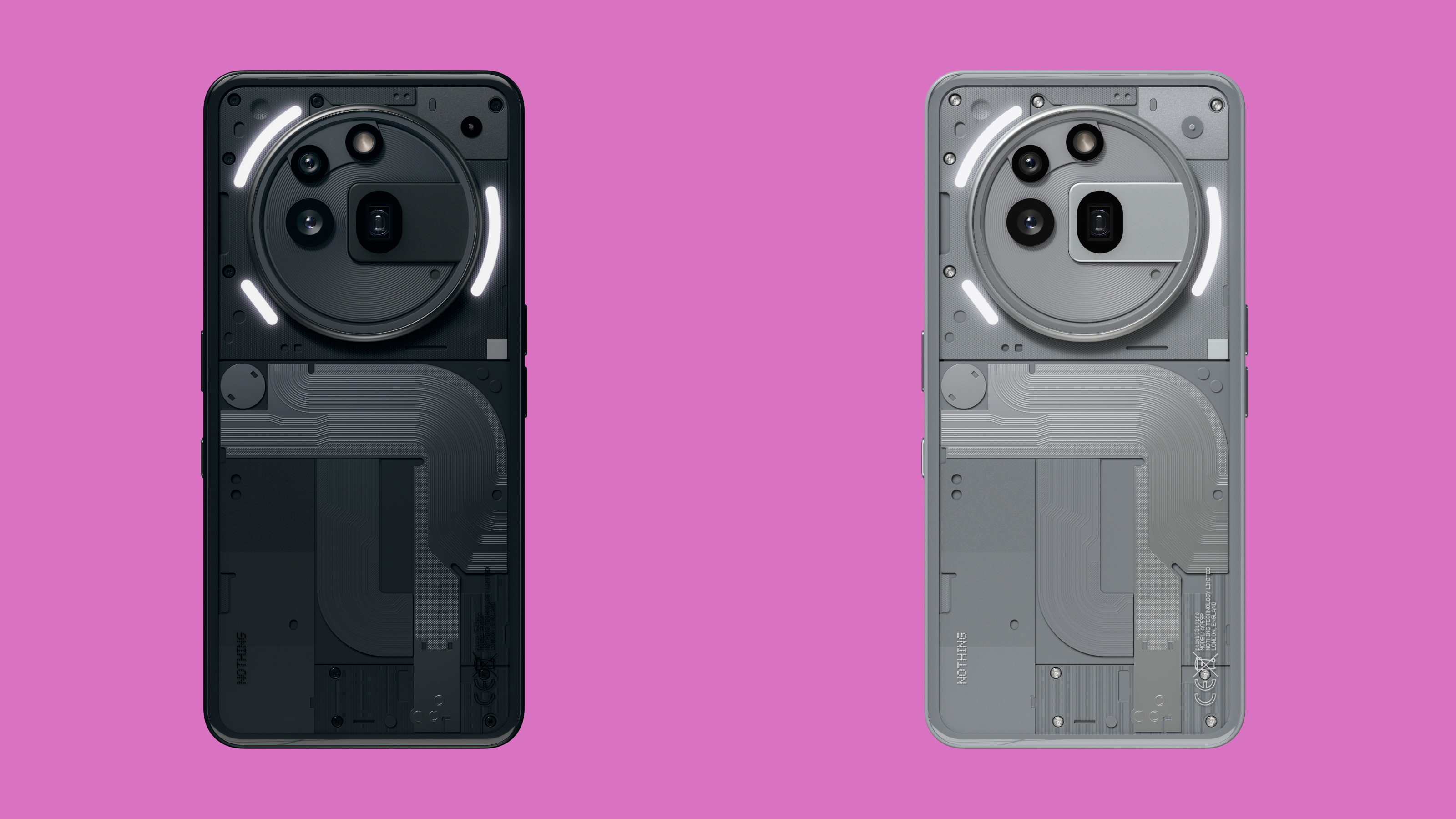 Hands on with the new Phone (3a) Series, Nothing's smartest smartphones to date
Hands on with the new Phone (3a) Series, Nothing's smartest smartphones to dateNothing has launched the Phone (3a) Pro and (3a), featured boosted camera power and the ability to deploy AI for good
By Jonathan Bell
-
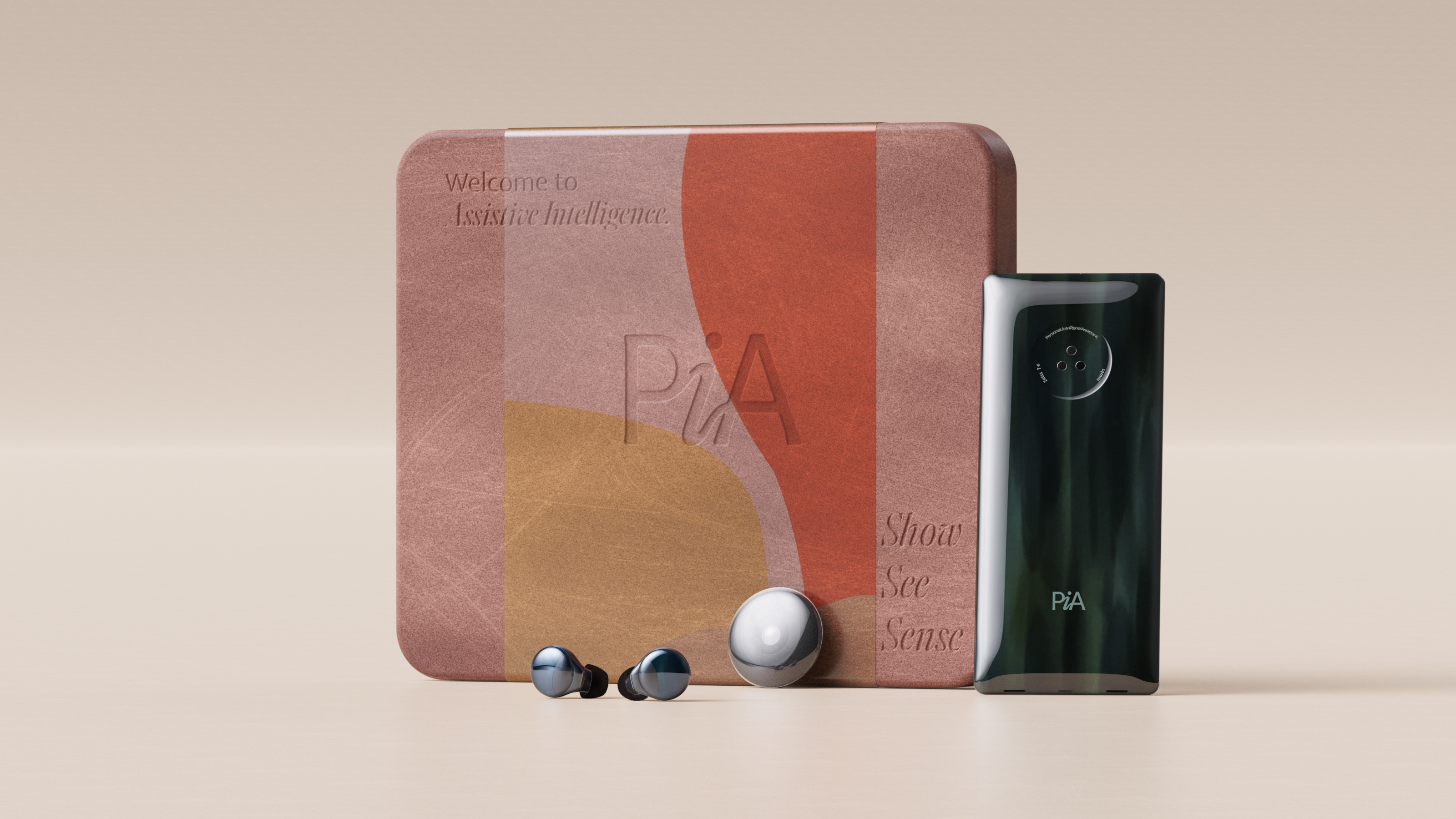 Layer conceptualises a next-gen AI-powered device: introducing the PiA
Layer conceptualises a next-gen AI-powered device: introducing the PiAPiA, the Personal Intelligent Assistant, is a conceptual vision of how AI might evolve to dovetail with familiar devices and form factors
By Jonathan Bell
-
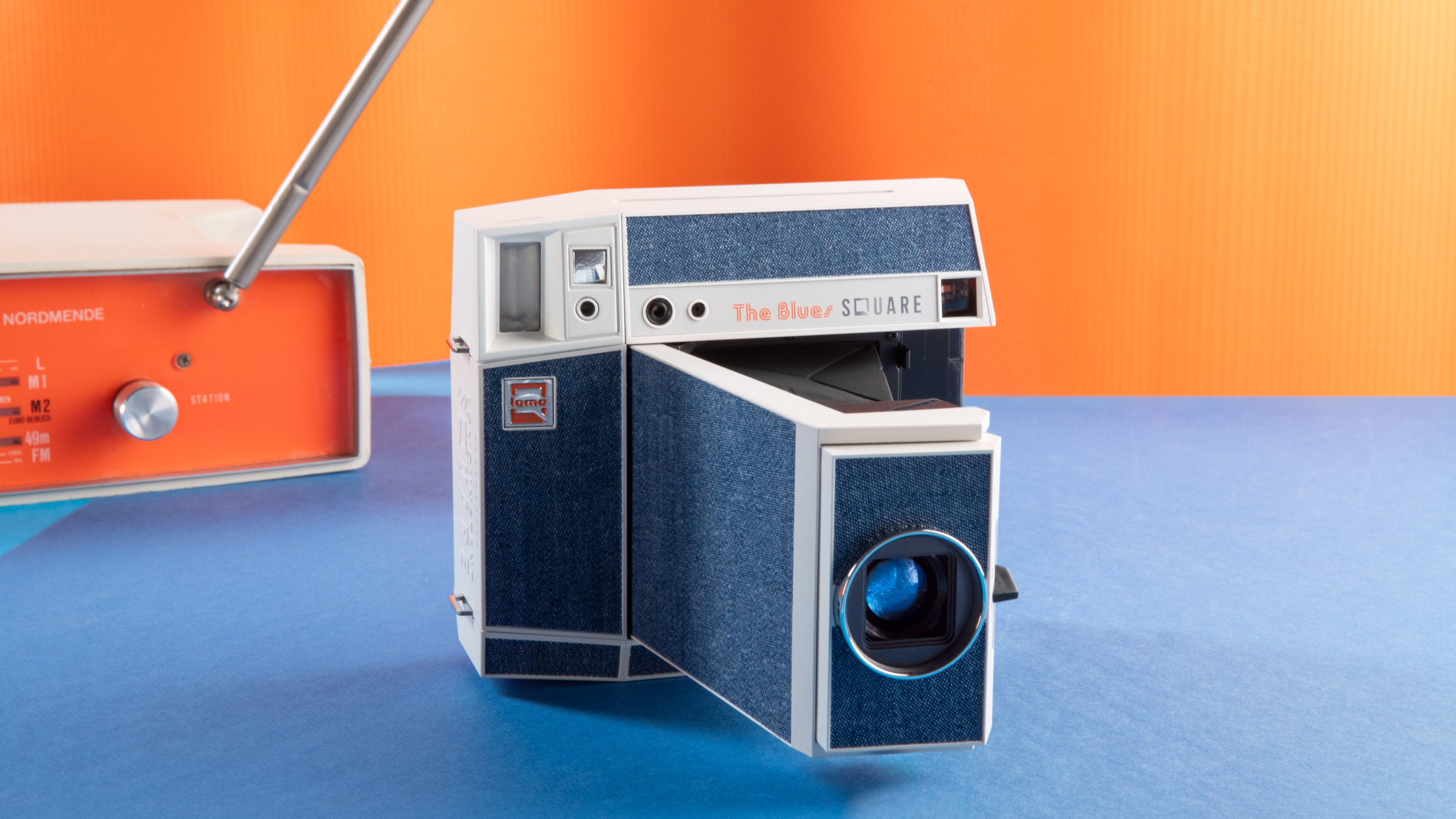 Point, shoot and process with Lomography’s two new colourful Instax camera editions
Point, shoot and process with Lomography’s two new colourful Instax camera editionsWith the Pemberley and The Blues editions, the Lomo’Instant Square Glass camera provides stylish and pocketable analogue photography
By Jonathan Bell